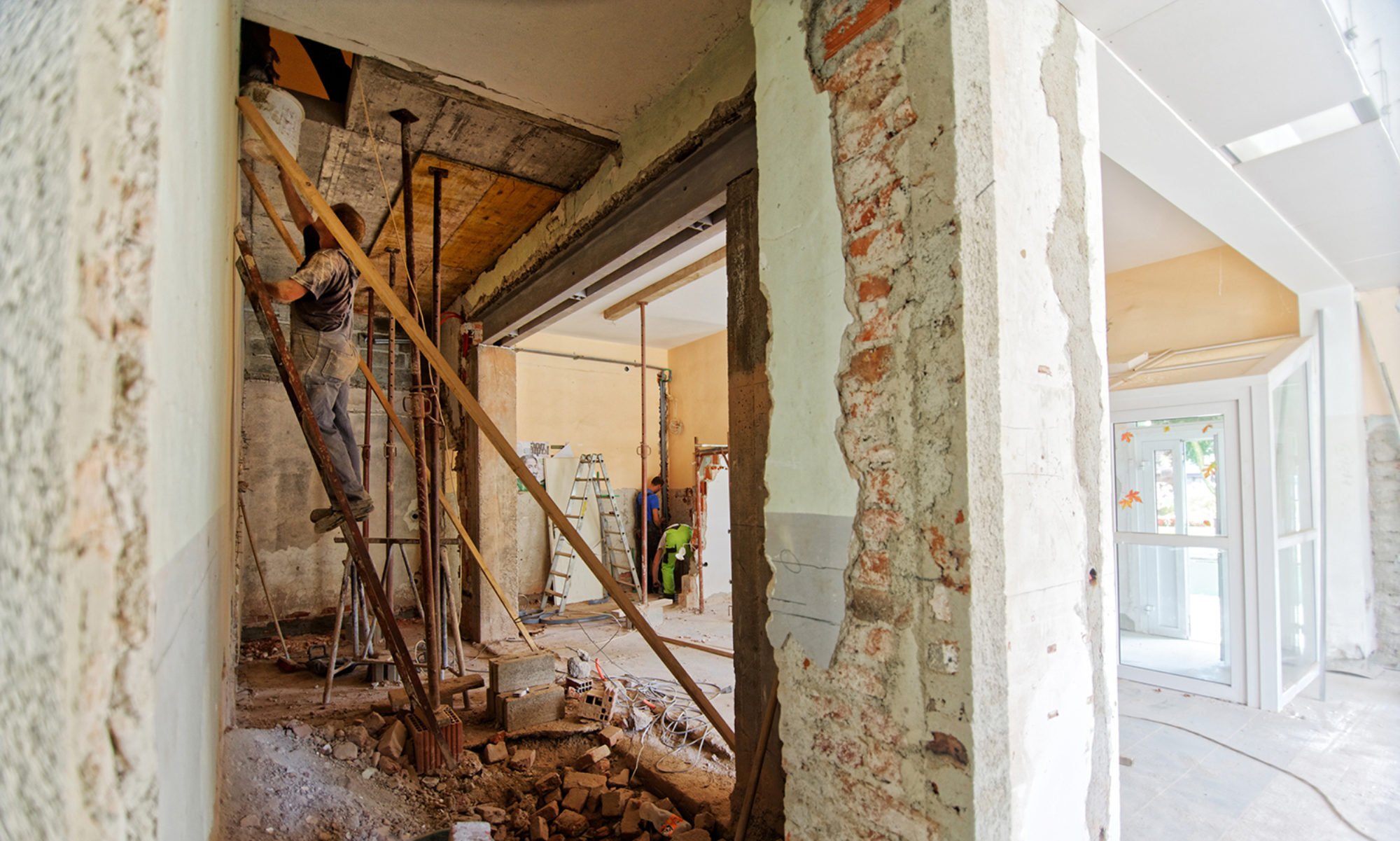Best Flooring Options for Living Rooms & Bedrooms
Wondering what is the best material option for your home flooring? The answer depends on your budget, your current situation and the durability you expect.
Understanding the pros and cons of each material is essential to ensure you make the best choice regarding performance and budget.
If you have integrated living room and kitchen, you may want to decide first whether they’ll have the same flooring or different materials. You can read about this here.
In this article, we’ll compare pros and cons of the 9 materials below. Read on to find the best one for you.
Page Contents:
Carpet
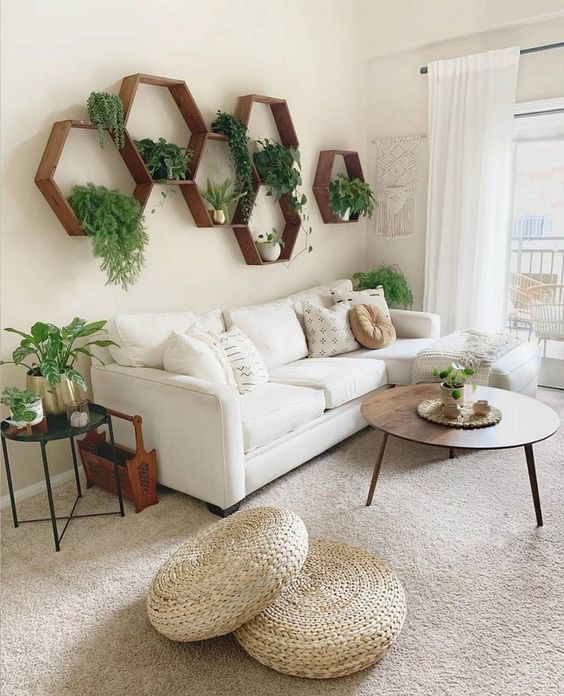
Pros:
- Cheaper than most other options;
- soft, warm and cozy;
- it absorbs noise and is quiet when stepped on;
- is available in numerous styles, colors and patterns;
- easy and quick installation.
Cons:
- Requires attention to possible allergies;
- low resistance to high traffic: it can get worn down and need replacement;
- it accumulates dirt with time and can get stained, requiring periodic professional cleaning besides from regular vacuum;
- less durable.
Hardwood
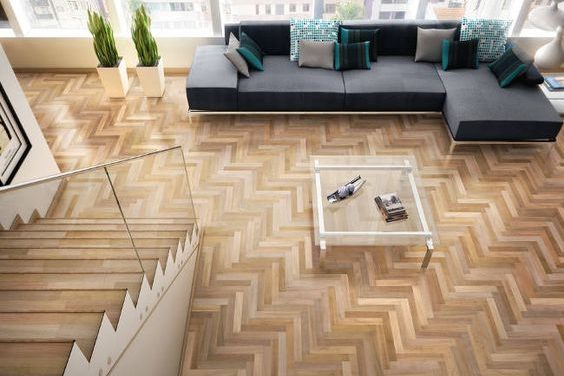
Pros:
- Classic and beautiful, matches any decoration style;
- cozy, both visually and physically: pleasant texture and temperature;
- solid and resistant;
- durable and repairable: if after a few years the floor is damaged, it can be sanded, caulked and waxed again. But this is not so cheap, and there is a limit of times it can be done. Each time the wood is sanded, it gets thinner. Eventually, it gets too thin to be sanded again;
- wood has some resistance to water and moisture, so it can also be used in kitchens. If you drop water on the floor and clean it immediately, no problem. But if that water stays there for a long time, the planks may puff up.
Cons:
- More expensive than most other options;
- usually around 2 cm / 1′ thick, it’s not ideal to be placed on top of an existing flooring. And in case of an existing sub floor, you should check the available height for the flooring;
- complicated installation;
- demands careful treatment to prevent scratches – specially when moving furniture around or throwing parties – and periodic maintenance.
If wood is your choice, you will still have to decide: the type of wood, the size of the pieces and the laying pattern. Read about these here.
Laminate
Laminate is a board finished with a realistic digital representation of natural wood.
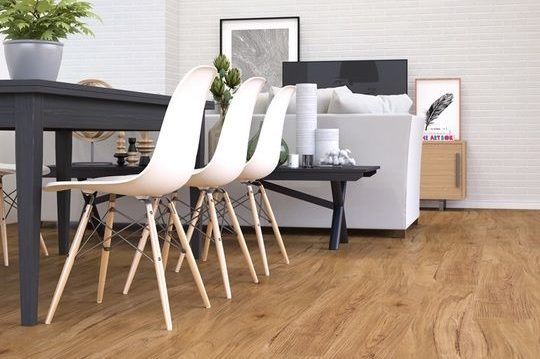
It is a floating floor, as it’s neither glued nor screwed to the floor. The boards are fitted together, and are separated from the subfloor by a blanket. A baseboard finishes off the set and prevents it from moving.
Pros:
- Cheaper than hardwood;
- great diversity of patterns and colors;
- easy to install;
- similar appearance and temperature to hardwood;
- thin, it can be installed on top of an existing flooring;
- low maintenance;
- durable and resistant to impact and scratch.
Cons:
- Due to its thickness and lightness, the feeling when stepping is not as firm as on a wooden floor. The laminate may seem to retract a bit and make a hollow sound;
- not water resistant. It shouldn’t be used in the kitchen.
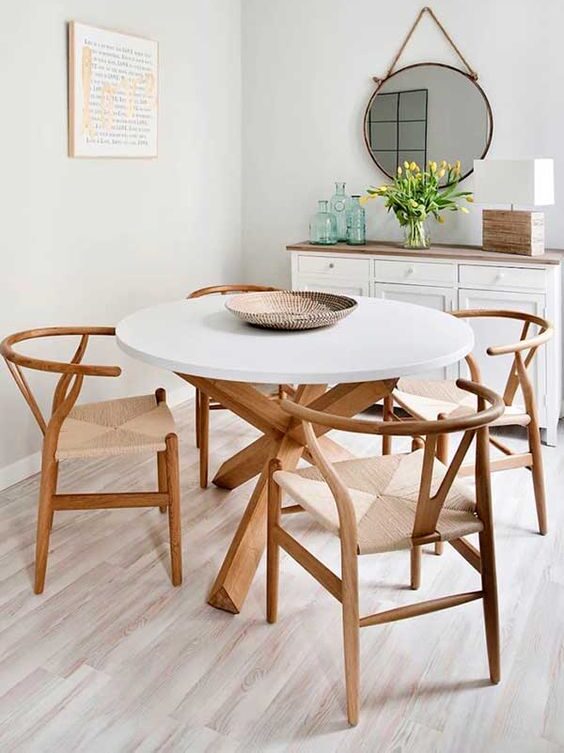
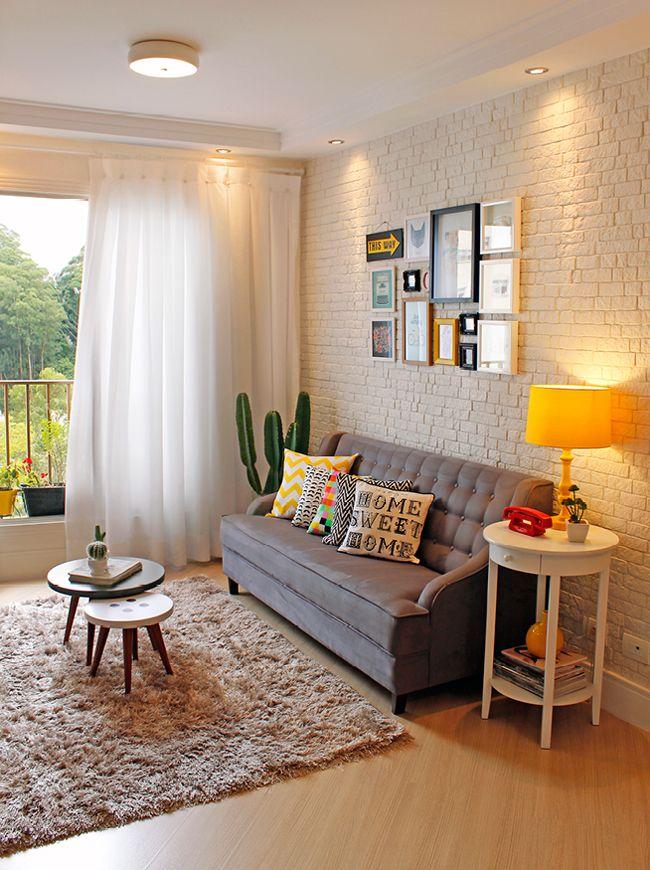
Vinyl
Another option that imitates wood and looks very similar to laminate is vinyl. It’s made of PVC. The installation can be done in two ways: gluing on the subfloor or fitting one piece to the other.

Pros:
- A little harder and more resistant than laminate;
- titted vinyl floor is waterproof, so it can even be used in the kitchen.
- easy to clean;
- hypoallergenic;
- anti-flame;
- easy and quick installation;
- thin, it can be installed on top of an existing flooring;
- low maintenance.
Cons:
- More expensive than carpet or laminate;
- slightly less similar to wood.
Tiles
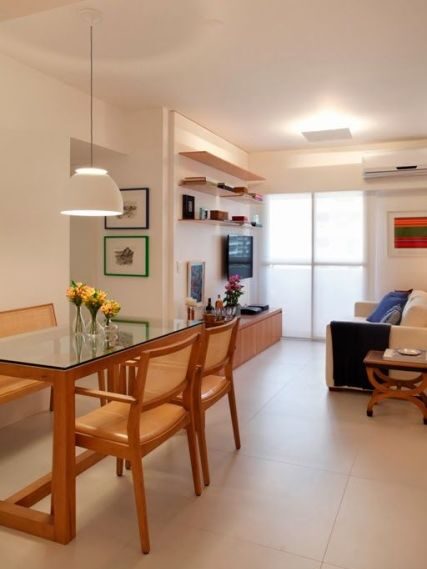

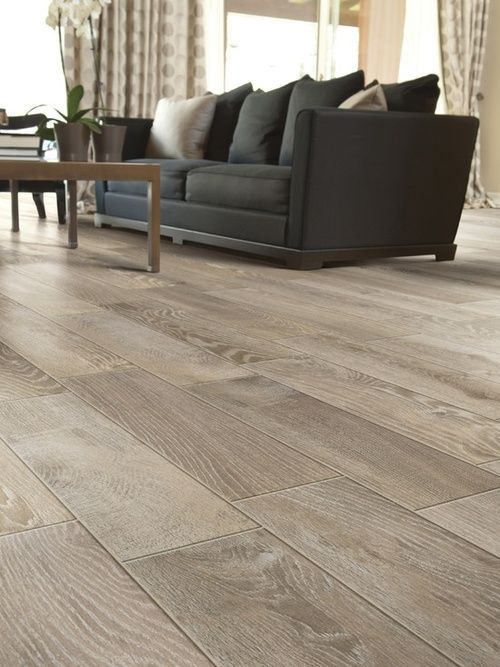
Pros:
- Great variety of designs, sizes and shapes;
- durable;
- waterproof. A great option if you want the same flooring for the whole house;
- easy to clean;
- low maintenance;
- prices vary a lot depending on the model, but they’re usually cheaper than most other options.
Cons:
- Cold, not ideal for cold regions;
- hard, not ideal for kids and elders;
- installation requires proper professionals and isn’t the cleanest and fastest, not ideal for lived in houses.
Learn more about types of tiles for living rooms.
Polished concrete
Wherever there is a concrete slab, a practical flooring choice is polishing and applying resin to the surface, so you don’t need any coating.
The result is a smooth and slightly shiny floor.

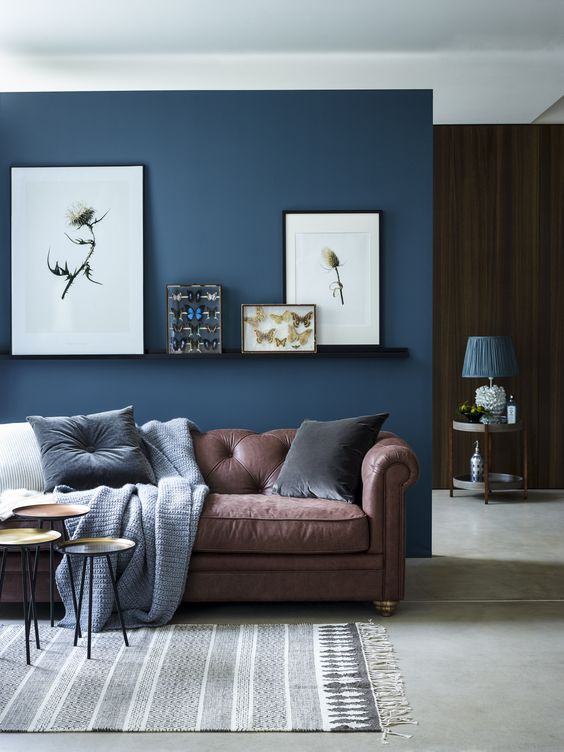

Pros:
- Cheap;
- thin;
- resistant;
- waterproof. It’s a great option for the whole house.
Cons:
- It may come out differently from your expectation. If you are bothered by cracks, and want to control the color and appearance of the stains, it is more recommended to choose a concrete-look porcelain tile.
- slower and more delicate execution;
- must be resealed once a year to keep moisture out;
- concrete floors are durable and resistant to water, scratches and stains, but not so much to impact. If something heavy falls onto the floor, it may break a piece of it;
- because it is a cold flooring, it is ideal for hot places. For cold homes, consider another option, or avoid the cold by placing rugs in strategic places;
- hard and slippery surface is not ideal for children and elders.
Learn more about polished concrete floors: expansion joints and other technical details, colors, decoration styles to match, maintenance, etc.
Epoxy resin
Such as polished concrete, epoxy resin flooring is a seamless, smooth and resistant option. However, it has a uniform color and is based on plastic.
Its chemical properties make it perfectly self-leveling, that is, when poured on the subfloor, it spreads until it’s level.
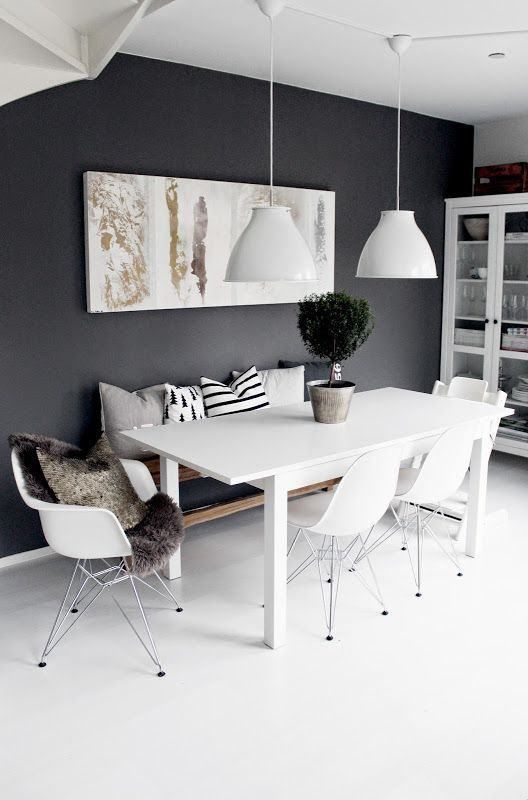
It usually has a glossy finish, but it’s also available in satin and matte options and a wide variety of colors.
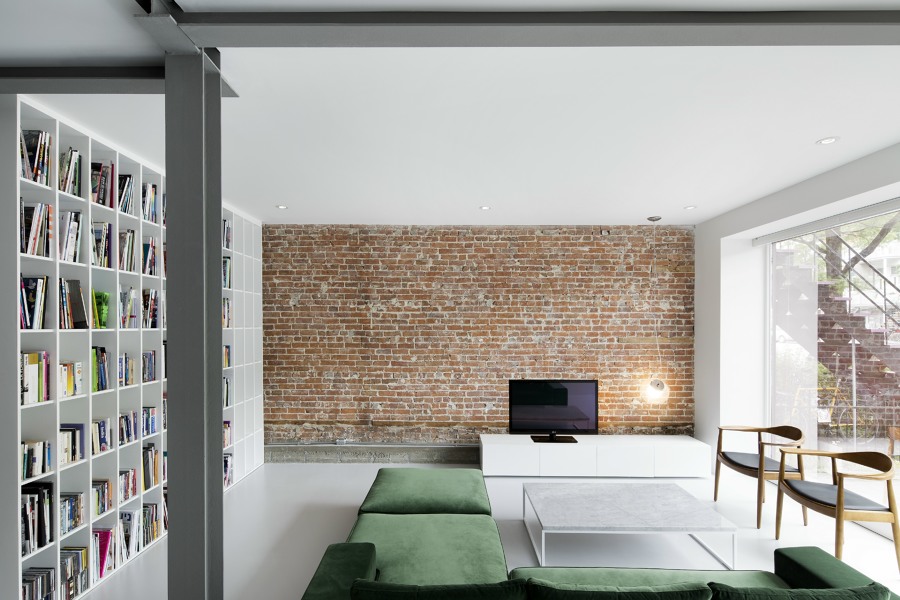
Pros:
- Durable;
- easy to clean;
- resistant;
- waterproof;
- Its thickness is minimal, so that it can be applied over existing floorings (except wood).
Cons:
- High price;
- delicate application: the environment must be thoroughly cleaned during application and drying, so that no dirt sticks to the floor. An experienced applicator is essential.
- As it is self-leveling, all edges must be closed so that the material does not escape the application area.
- On slopped floors for water draining, such as showers and outdoor areas, the application eliminates the slope. In that case you can paint the floor with Epoxy paint, which is not self-leveling and doesn’t get as smooth.
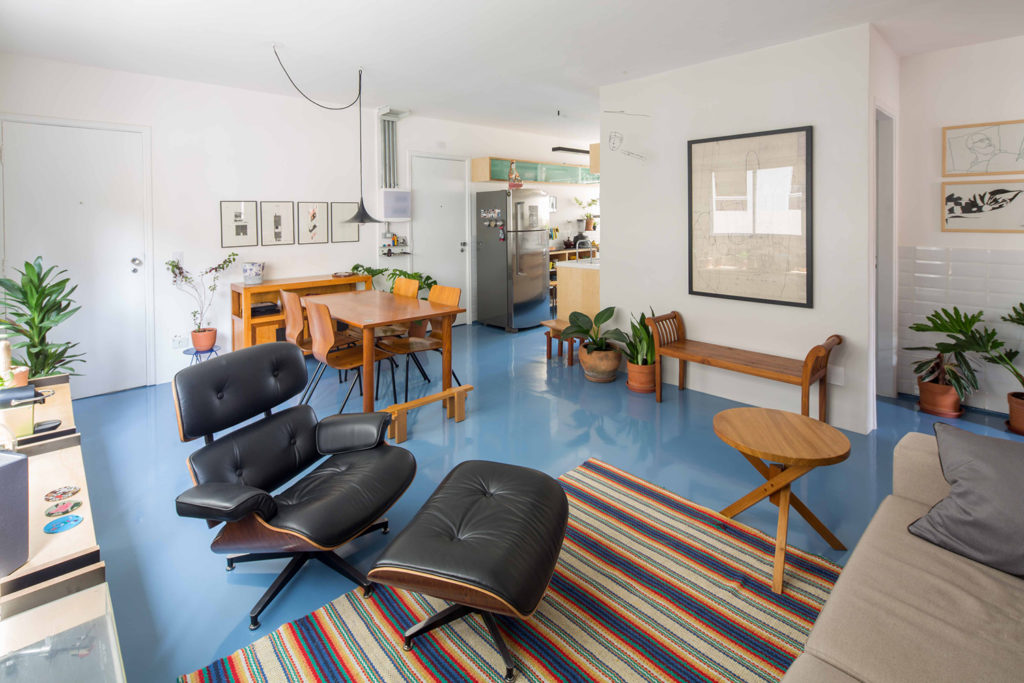
Terrazzo
Made of a mix of cement mass and pebbles, Terrazzo is finished with polishing, for a smooth surface, and application of resin, for protection and some shininess.

The components of the dough can have endless different combinations. You can mix stones of different sizes and colors with cement mass in different colors.
This variety can give it a modern look, which does not refer to the classic beige or gray Terrazzo we often see in building halls, airports, schools and other public buildings from the mid-20th century.
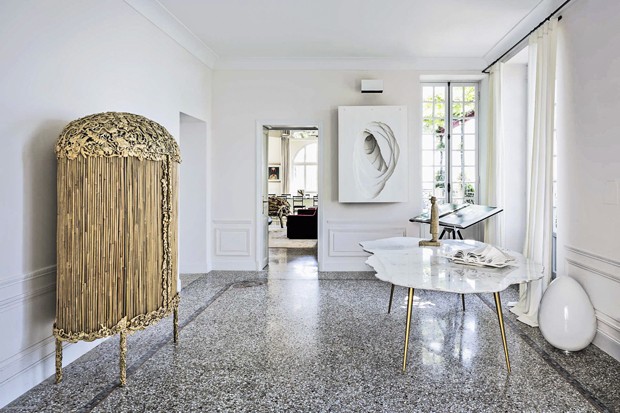
Terrazo’s thickness varies from 1 to 1.5 cm / 1/4 to 1/2 inch, depending on the size of the stones.
Pros:
- Waterproof, it can be used throughout all the house;
- resistant to traffic, impact, stains and scratches;
- easy to clean;
- durable. When well maintained, it can last up to 40 years;
- if it doesn’t look as good after a few years, you can polish it again and will look as a new floor.
Cons:
- You need a specialized professional or company for the application;
- the application takes time and involves several steps, with a few days of drying between one and the other. During this time, it is important that nothing else happens on the construction site to avoid dirt;
- the high price, especially for small rooms, as companies usually charge a minimum amount regardless the area;
- because it is a cold flooring, it is ideal for hot places. For cold homes, consider another option, or avoid the cold by placing rugs in strategic places;
- hard and slippery surface is not ideal for children and elders;
- for the maintenance, it is recommended to clean only with mild soap, as it is not resistant to chemicals. Waxing every 15 days helps protecting the floor, as well as sealing again with resin every 3 years;
- in case you ever need to break and redo an area, you’ll probably get an apparent difference with the existing part.
As with concrete floors, using plastic or metallic expansion joints every 1 meter / 3 ft minimizes the risk of cracking the floor. This is recommended for large areas.
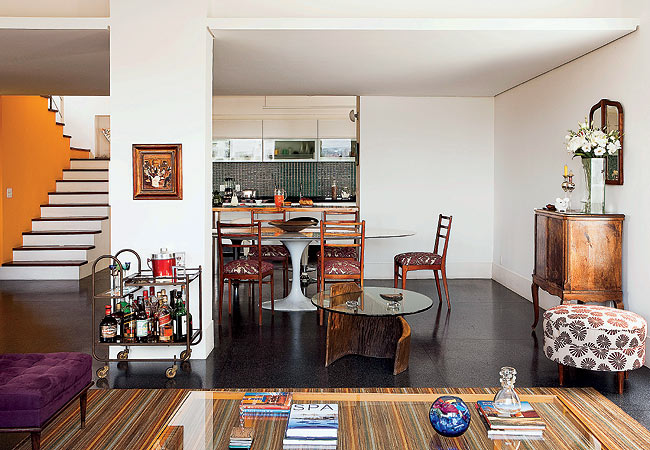
Stone
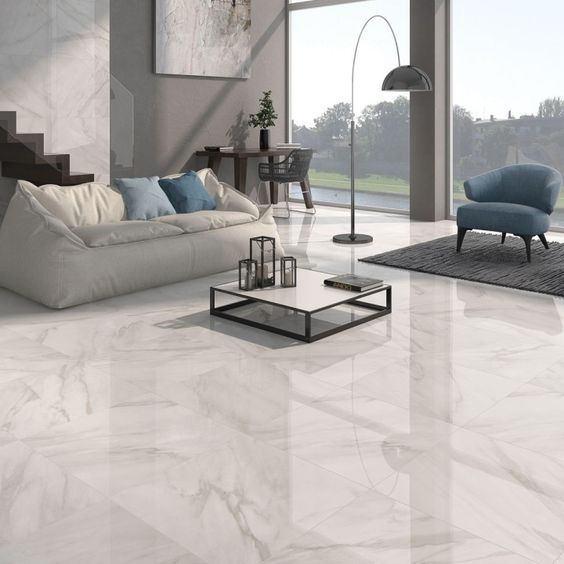

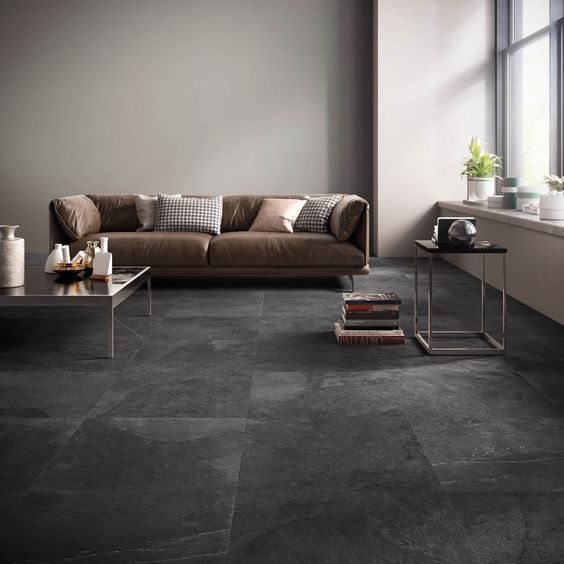

Pros:
- Well finished, beautiful and sophisticated look;
- durable;
- resistant;
- many design and material options to make your living room floor just as you like;
- as this is one of the few flooring options that can be used in both internal and external areas, its a much recommended choice for houses with large doors connecting indoors and outdoors.
Cons:
- Costly material and installation labor;
- high thickness and weight;
- because it is a cold flooring, it is ideal for hot places. For cold homes, consider another option, or avoid the cold by placing rugs in strategic places;
- hard and slippery surface , in case of polished stone, is not ideal for children and elders.
Learn more about the types of stones, how to install and maintain the flooring.
That’s all! There are many options and details to consider, right? I hope I helped you in choosing the right flooring material for your living room.
